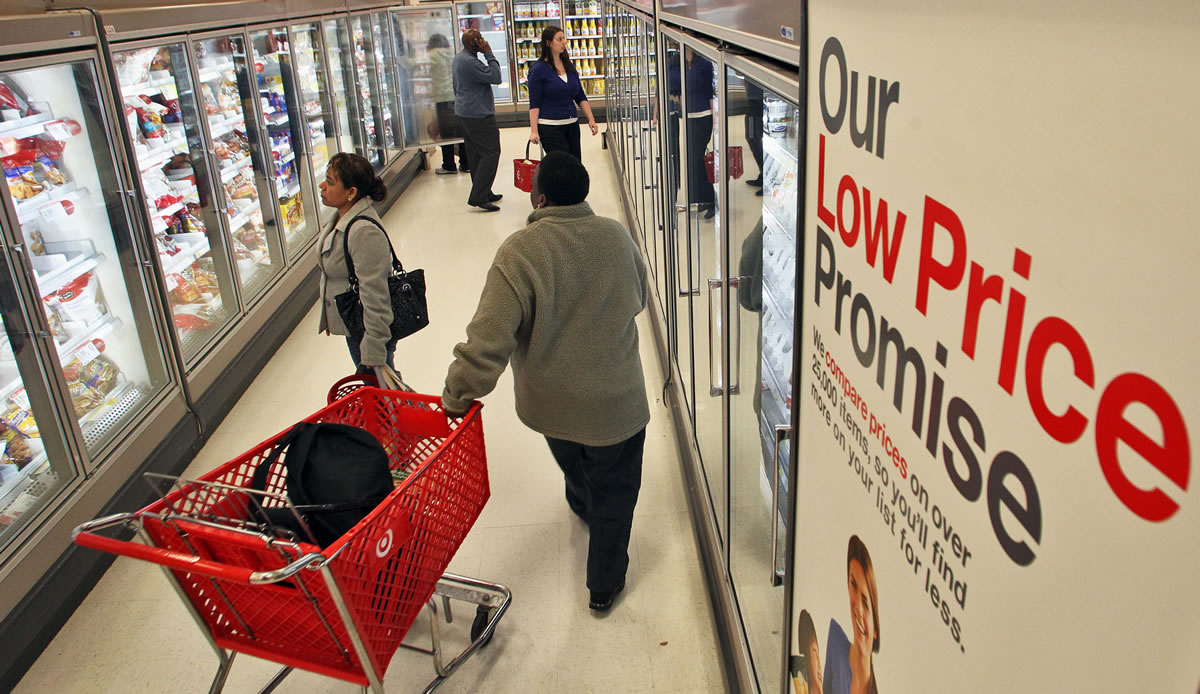WASHINGTON — America’s 12 largest supermarkets and retailers are failing to curb their hydrofluorocarbon emissions, adding large amounts of greenhouse gases to the environment, according to a new report.
The report, published by the nonprofit Environmental Investigation Agency, examined 12 retailers, including Costco, Whole Foods Markets, Target, Wal-Mart and the Delhaize Group, whose brands include Food Lion and Bottom Dollar Food.
Hydrofluorocarbons, or HFCs, are a class of compounds used in commercial refrigeration and air conditioning units. They are the fastest-growing greenhouse gas, and by 2050 will make up 9 percent of global CO2 emissions, according to the Environmental Investigation Agency.
“The results from the survey are not just disappointing but shocking, given that climate-friendly alternative technologies are available in the marketplace,” said Allan Thornton, president of the Environmental Investigation Agency.
Some U.S. retailers are taking steps to reduce their HFC emissions.
Whole Foods is opening an HFC-free store in Brooklyn later this year, and several stores have moved toward using a combination of HFCs and natural refrigerants in their cooling systems. Wal-Mart has 125 stores and two Sam’s Club locations using the hybrid technology.
But all 12 stores lag far behind their counterparts in Canada, Japan and the European Union, the Environmental Investigation Agency said.
The nation’s largest retailer, Wal-Mart, says it’s taking steps to reduce its overall emissions.
“At Wal-Mart, we’re committed to reducing our carbon footprint, and we’re working with our suppliers to do the same,” Christopher Schraeder, senior manager of sustainability communications at Wal-Mart, said in an email.
“Eighty percent of our direct GHG (greenhouse gas) footprint comes from the energy used to power our buildings, including HVAC, lighting and refrigeration. By designing whole-system refrigeration solutions, we are working to address both the refrigerant gas pollution and the energy intensity of these systems,” Schraeder said.
Unlike refrigerants such as chlorofluorocarbons — or CFCs — and hydrochlorofluorocarbons — HCFCs — HFCs don’t deplete the ozone layer, because they don’t include chlorine. But they are greenhouse gases with the potential to contribute to global warming, said Robert Rhew, an atmospheric scientist and professor at the University of California-Berkeley.
Retailers were judged on criteria including their use of HFCs and corporate policy regarding HFCs’ phase-out and reduction. Whether or not they are members of the Consumer Goods Forum, an international network of the world’s largest retailers, or the U.S. Environmental Protection Agency’s GreenChill Partnership, a joint effort between the agency and retailers to reduce emissions from refrigerants, was also considered.
The Environmental Investigation Agency recommends that retailers begin reducing HFCs in 2015.



